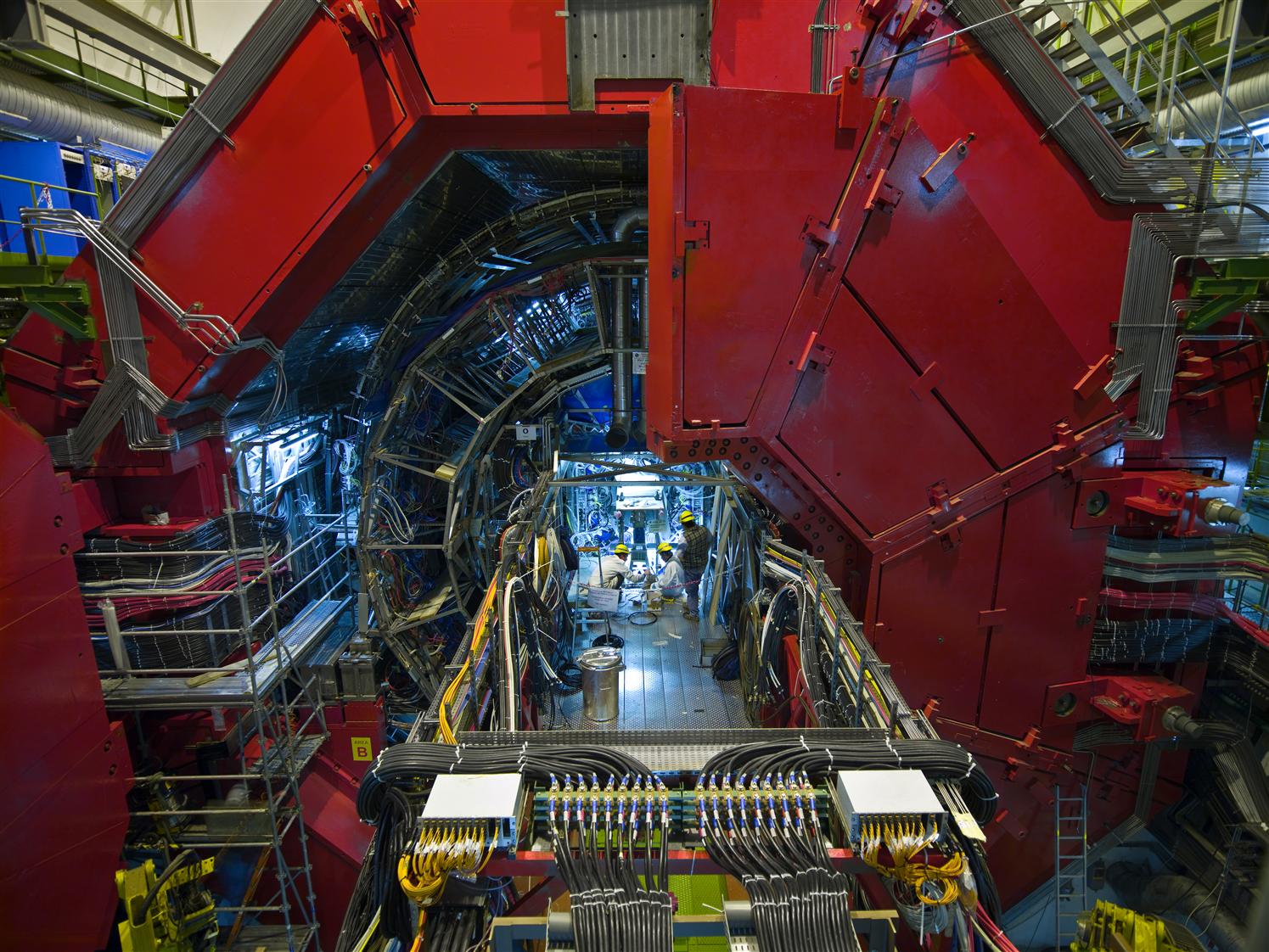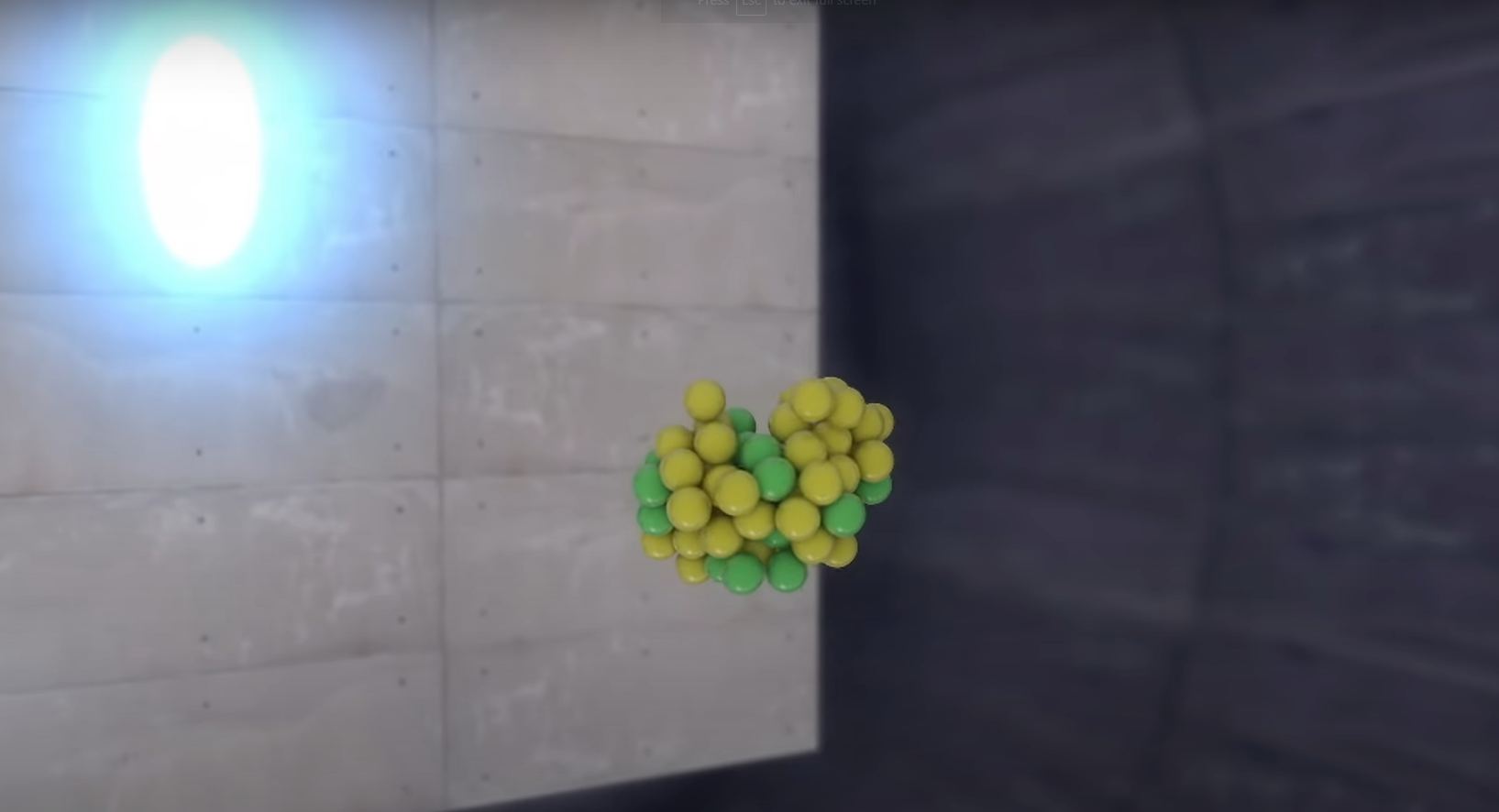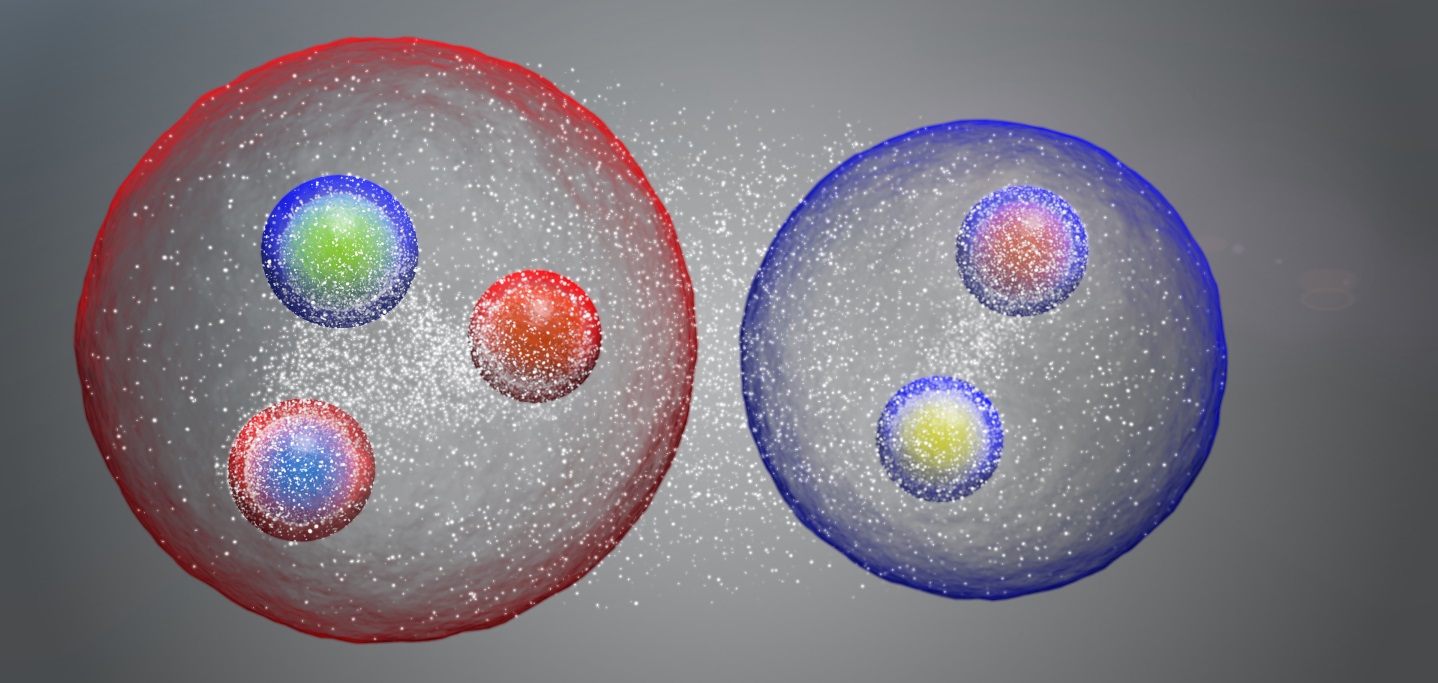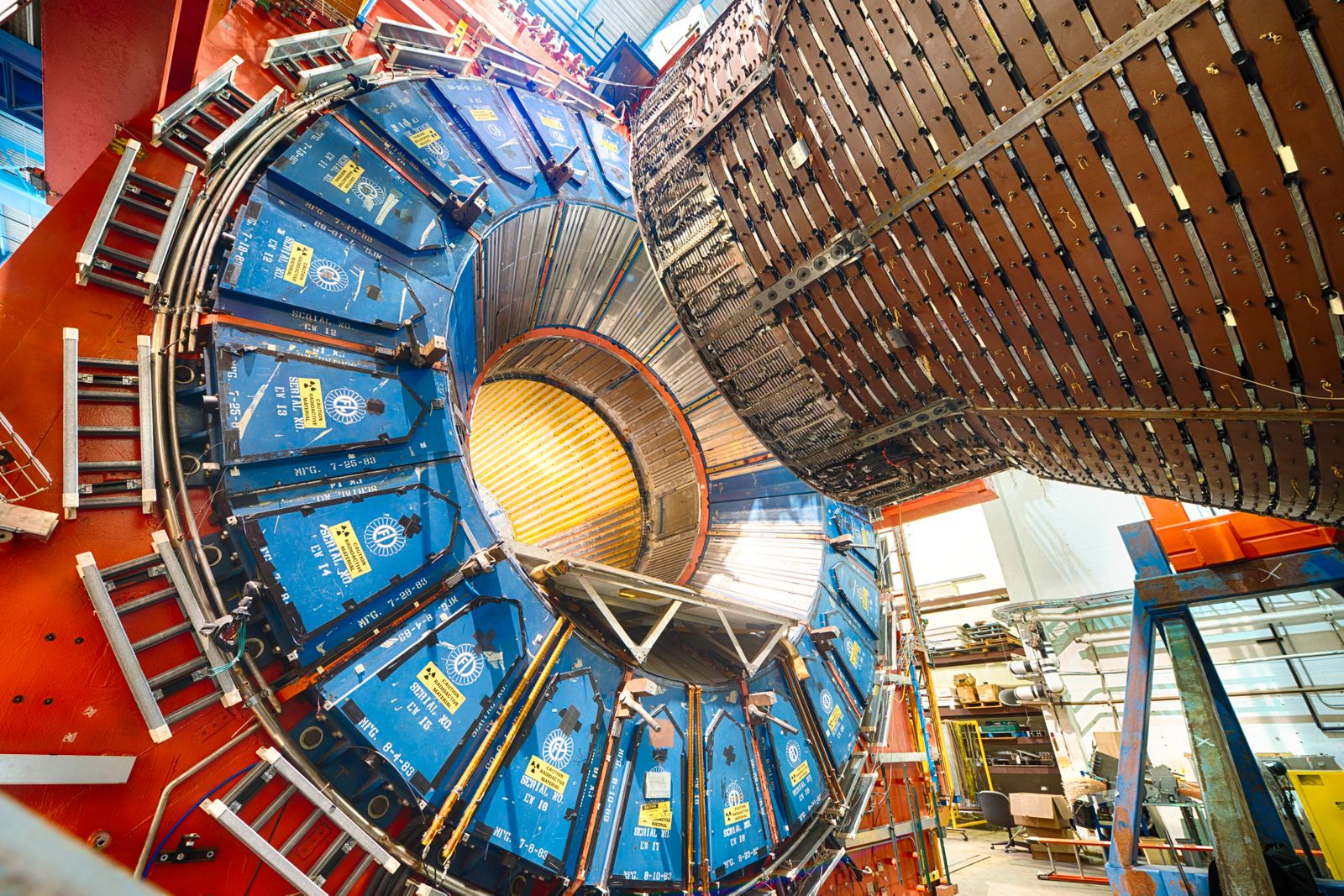Electromagnetism is one of the fundamental forces of the universe, responsible for everything from electric and magnetic fields to light. Originally, scientists believed that magnetism and electricity were separate forces. But by the late 19th century, this view changed, as research demonstrated conclusively that positive and negative electrical charges were governed by one force (i.e. magnetism).
Since that time, scientists have sought to test and measure electromagnetic fields, and to recreate them. Towards this end, they created electromagnets, a device that uses electrical current to induce a magnetic field. And since their initial invention as a scientific instrument, electromagnets have gone on to become a regular feature of electronic devices and industrial processes.
Continue reading “What Are The Uses Of Electromagnets?”






